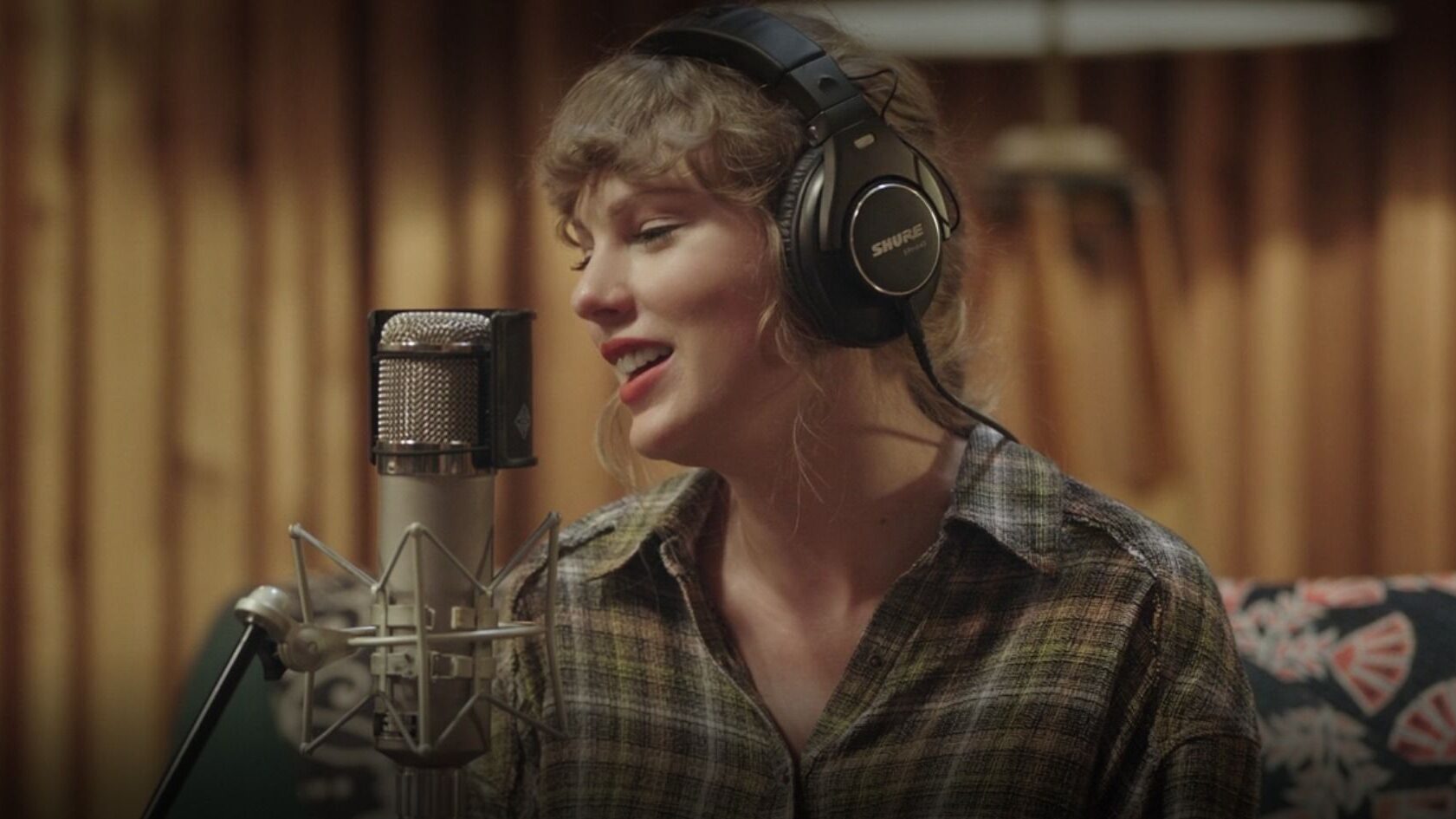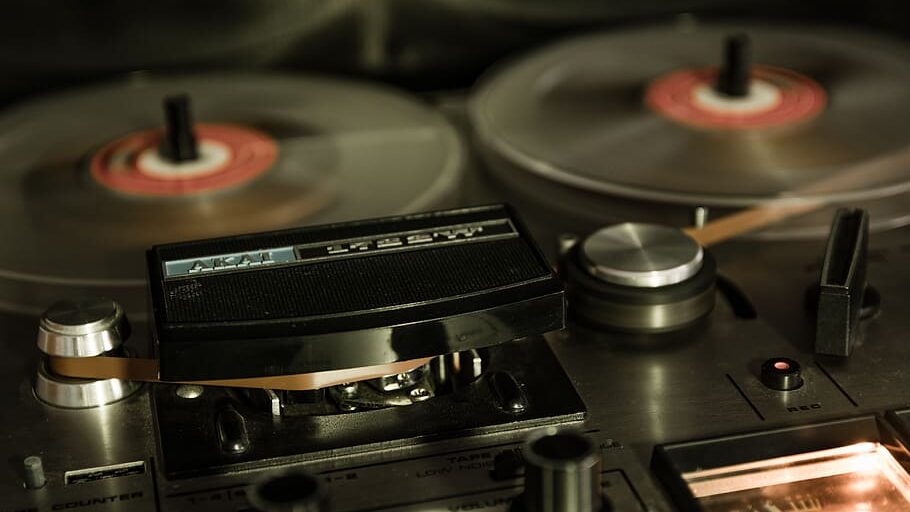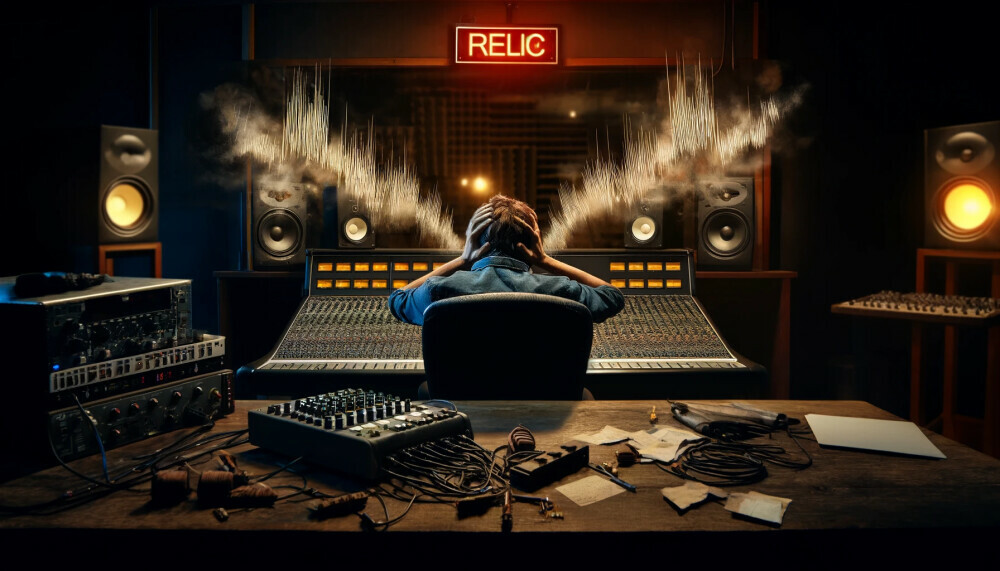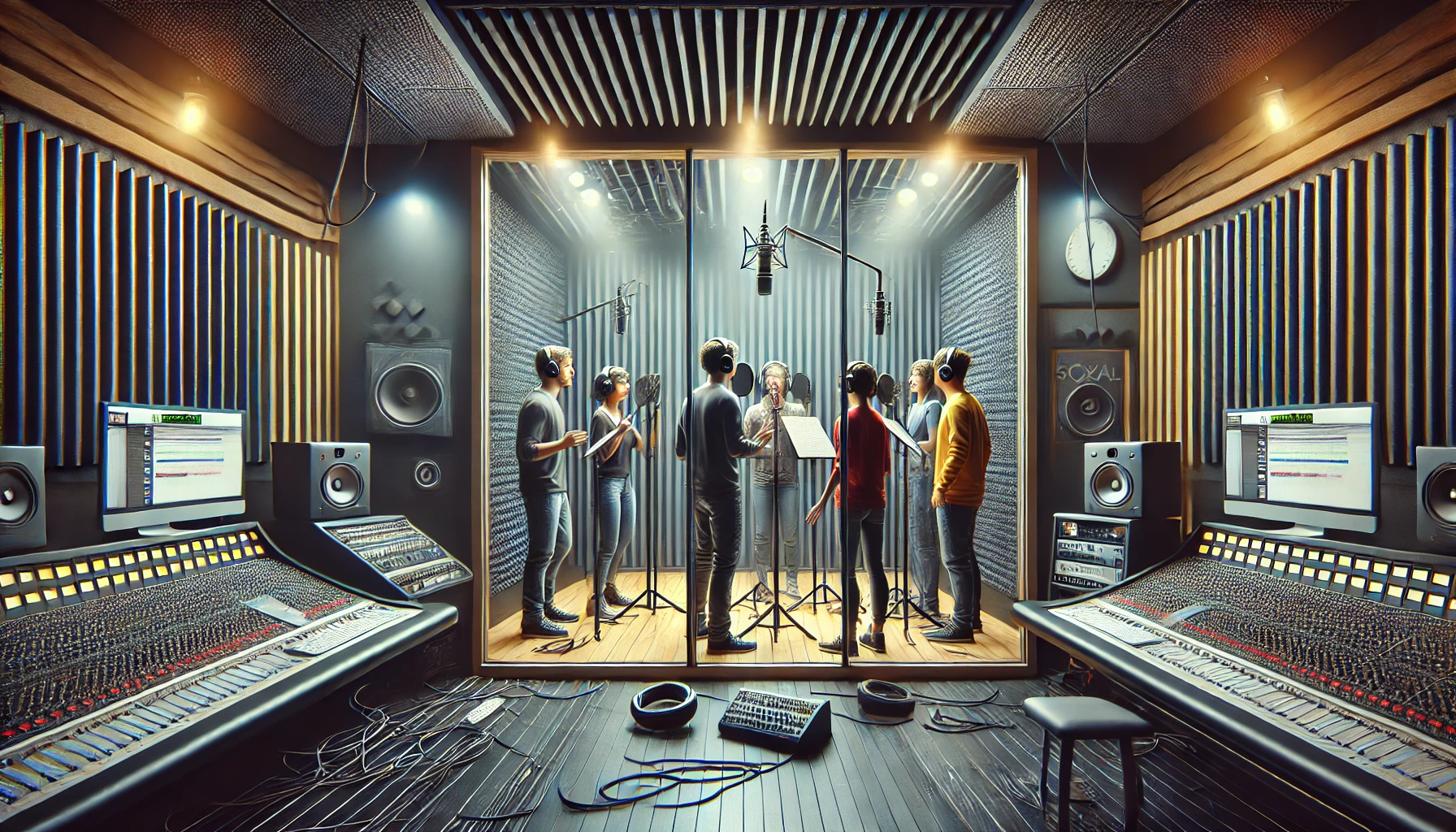Layering vocals is one of those magical techniques in music production that can transform a track from mundane to magnificent. Whether you’re aiming for the lush harmonies of Queen’s “Bohemian Rhapsody” or the pristine pop perfection of Ariana Grande, understanding the art and science of vocal layering can take your productions to the next level. In this essay, we’ll dive deep into the techniques, tools, and strategies for creating layered vocals, with insights into both rock and pop music production.
The Basics of Layering Vocals
At its core, vocal layering involves recording multiple takes of a vocal line and combining them to create a fuller, richer sound. This technique is used across genres, from the raw energy of rock to the polished sheen of pop. The goal is to add depth, dimension, and texture to the vocal performance, making it stand out in the mix. Imagine listening to a track where the vocals feel like they envelop you, wrapping around your ears with a richness that a single take simply can’t achieve.
Recording Techniques: One by One vs. Loop Recording
There are two primary methods for recording layered vocals: one-by-one recording and loop recording. One-by-one recording involves capturing each take separately, allowing for precise control over each performance. This method is ideal for ensuring consistency and high-quality takes but can be time-consuming. The vocalist can focus on delivering each take with perfection, knowing that any minor flaws can be corrected in subsequent takes.
On the other hand, loop recording puts the track on repeat, enabling the vocalist to perform multiple takes in quick succession. This method is efficient and helps the artist maintain a natural flow, but it requires careful organization to manage the multiple takes effectively. Whichever method you choose, the key is to capture a variety of performances, each with slight variations in tone, pitch, and dynamics. This natural variation is what creates the rich, layered sound that makes vocal stacking so powerful. Think of it as painting a mural; each stroke adds a new layer of depth and color.
>>> Dynamic Vs Condenser Microphones <<<

Enhancing Vocals with Character Voices and Shouts
While harmonies are the bread and butter of vocal layering, experimenting with different vocal styles can add unique character to your tracks. For instance, using character voices—slightly altering the vocal tone to create distinct personas—can add depth and interest. Imagine the playful, quirky vocals in pop hits by artists like Billie Eilish, who often uses whispery, intimate tones to create a unique sonic palette. By slightly tweaking the timbre of your voice, you can create an array of characters that add flavor and variety to your music.
Shouts and yells are another powerful tool, especially in rock music. Think of the raw energy of classic rock anthems where shouts add intensity and excitement to choruses. Incorporating these elements into your vocal layers can create dynamic contrasts and elevate the emotional impact of your songs. Picture the electrifying chorus of AC/DC’s “Back in Black” where the powerful shouts drive the song’s energy to new heights.
In pop music, subtle variations like whisper tracks can add an intimate, breathy quality. Billie Eilish’s “Bad Guy” is a perfect example, where whispered layers create an eerie, close-to-the-ear feeling that draws the listener in. Experimenting with these different vocal styles can bring a fresh and engaging dimension to your music, making each listen a unique experience.
Minimalist Vocal Doubling: The Simplicity of Nirvana’s “Nevermind”
While extensive vocal layering can create lush, complex textures, sometimes simplicity is key. A great example of minimalist vocal doubling comes from Nirvana’s iconic album “Nevermind,” produced by Butch Vig. Unlike the elaborate productions we’ve discussed, Vig’s approach to vocal doubling was straightforward and effective.
Kurt Cobain’s raw, powerful voice was often doubled to add subtle depth without overpowering the mix. Vig would record Cobain singing the same part twice, capturing the natural variances between takes. These double-tracked vocals added a slight thickness and presence to the vocals, enhancing the emotional intensity without distracting from the raw energy of the performance. This technique is particularly evident in songs like “Smells Like Teen Spirit”, where the doubled vocals contribute to the song’s anthemic quality.
By using simple vocal doubling, you can achieve a fuller sound while maintaining the integrity and rawness of the original performance. This minimalist approach is perfect for genres where authenticity and simplicity are key.
>>> Review: Audio-Technica ATH-M50x 🎧 <<<

The Making of Queen’s “Bohemian Rhapsody”
One of the most iconic examples of vocal layering in rock music is Queen’s “Bohemian Rhapsody.” This song showcases the dramatic potential of vocal harmonies and the meticulous production techniques that went into creating its unique sound.
Step-by-Step Explanation of the Vocal Creation Process
Recording Multiple Takes: Freddie Mercury, Brian May, and Roger Taylor recorded multiple takes of each vocal part. They meticulously performed each take with slight variations in pitch and dynamics to create a rich, full sound.
Layering Harmonies: Each section of the song features complex harmonies, with the band members layering their voices to create intricate vocal arrangements. For instance, the operatic section includes dozens of vocal layers, each meticulously recorded and stacked.
Panning and Spatial Effects: The vocal layers were panned across the stereo field to create a sense of width and depth. This spatial arrangement makes the harmonies feel expansive and immersive.
Applying Effects: Reverb and delay were used to enhance the spatial feel of the vocals, giving them a larger-than-life quality. These effects were carefully tailored to suit each section of the song, from the intimate verses to the grandiose operatic segment.
Mixing the Vocals
Once all the vocal layers were recorded and processed, the final mix involved balancing the levels of each layer to ensure clarity and cohesion. EQ and compression were applied to glue the vocal elements together, while additional reverb and delay were added to blend the vocals seamlessly with the instrumental tracks.
The result is a masterpiece of vocal production, where each layer contributes to the overall impact of the song. “Bohemian Rhapsody” remains a testament to the power of vocal layering and meticulous production.
>>> Vocal FX Plugins: Techniques the Pros Use <<<

The Making of Taylor Swift’s “Willow”
Taylor Swift’s music is another excellent example of modern vocal layering techniques, particularly in her song “Willow” from the album evermore. This track exemplifies how vocal doubling and harmonies can enhance the emotional depth and richness of a pop song.
Step-by-Step Explanation of the Vocal Creation Process
Recording Multiple Takes: Taylor Swift’s approach often involves recording multiple takes of the lead vocal, each with slight variations in tone and delivery. This helps to capture a range of emotions and nuances.
Doubling and Harmonizing: In “Willow,” Swift uses both vocal doubling and harmonies to create a lush, immersive sound. The lead vocal is often doubled to add depth and presence, while harmonies are layered to enhance the melodic structure and emotional resonance.
Panning and Effects: The vocal layers are carefully panned to create a wide stereo image, making the song feel expansive and enveloping. Reverb and delay are used to add space and warmth, giving the vocals a dreamy quality.
Applying Subtle Modulations: Subtle modulation effects, such as chorus or slight detuning, are sometimes applied to the harmonies to add richness and texture without overwhelming the clarity of the lead vocal.
Mixing the Vocals
The final mix of “Willow” involves balancing the multiple vocal layers to ensure each part is clearly audible while contributing to the overall sound. Compression and EQ are used to control dynamics and shape the tonal balance. Reverb and delay are finely tuned to create a cohesive and enveloping vocal presence.
Taylor Swift’s use of vocal layering in “Willow” demonstrates how modern pop production techniques can create a sophisticated and emotionally resonant sound. By carefully layering and processing vocals, Swift’s music achieves a polished and immersive quality that resonates with listeners.
>>> How To Remove Background Noise From Audio <<<

Pre-Digital vs. Modern Vocal Doubling
The art of vocal doubling has evolved significantly from the pre-digital era to the present day. Understanding this evolution can provide valuable insights into how producers achieve the distinctive sound of their recordings.
Pre-Digital Era
In the pre-digital era, vocal doubling was a labor-intensive process that required precise performance and meticulous recording techniques. Artists had to sing their parts multiple times, with each take recorded onto separate tracks of analog tape. This process demanded consistency from the vocalist and a steady hand from the engineer to manage tape machines and sync the tracks.
The famous vocal harmonies in The Beach Boys’ recordings, for example, were achieved by Brian Wilson’s meticulous layering of vocal tracks. The process was time-consuming and required a high level of precision to ensure the harmonies were in sync.
Analog equipment added its unique character to the recordings, with tape saturation and slight variations in pitch and timing contributing to the warmth and organic quality of the sound. Producers had to rely on their skills and the performance of the artists to create the desired effect, with limited options for post-processing.
Modern Digital Era
Today, digital technology has revolutionized the process of vocal doubling. With digital audio workstations (DAWs) like Pro Tools, producers have access to an array of tools and plugins that make the process faster, more flexible, and more precise.
In modern studios, vocal doubling often involves recording multiple takes of the vocal line, much like in the pre-digital era. However, the editing capabilities of DAWs allow producers to fine-tune each take, aligning the timing and pitch to perfection. This process, known as “comping,” enables the creation of a polished final performance by selecting the best parts of each take.
Digital effects and plugins also play a crucial role in modern vocal doubling. Tools like Melodyne and Auto-Tune allow for precise pitch correction, while plugins such as Waves Doubler and Soundtoys MicroShift can create convincing doubled vocals with a single take. Reverb, delay, and other effects can be applied non-destructively, providing endless possibilities for experimentation and refinement.
>>> EQ: Should it Go Before or After Compression? <<<

The Distinctive Sound of Alice In Chains
Alice In Chains, one of the defining bands of the 90s grunge era, is known for their distinctive vocal harmonies and doubling techniques. Their sound is characterized by the haunting and often melancholic harmonies of Layne Staley and Jerry Cantrell.
In songs like “Man in the Box” and “Rooster,” the vocal layers are meticulously crafted to create a dark, brooding atmosphere. The harmonies often feature close intervals, which add to the tension and emotional weight of the music. The vocal doubling and harmonies are not just an embellishment but a core part of the band’s signature sound, contributing to the eerie and haunting feel of their music.
Alice In Chains’ approach to vocal layering is a perfect example of how vocal techniques can define a band’s sound and enhance the emotional impact of their music.
Processing Techniques: Individual Tracks, Group Buses, and Master Vocal Bus
Managing multiple vocal layers involves strategic processing at various stages. Here’s a step-by-step approach:
- Basic Processing on Individual Tracks:
-
- Apply a high-pass filter to remove low-end rumble.
- Use light compression to control dynamics.
- Apply EQ to address problematic frequencies and enhance clarity.
- Group Similar Tracks into Buses:
-
- Create separate buses for lead vocals, harmonies, and background vocals.
- Apply bus compression and EQ to glue the tracks together and shape the overall tonal balance.
- Use send effects for reverb and delay to maintain spatial consistency across the group.
- Master Vocal Bus for Final Processing:
-
- Route all group buses to a master vocal bus.
- Apply gentle overall compression to control dynamics and ensure all vocal elements blend seamlessly.
- Use a broad EQ to fine-tune the tonal balance.
- Apply a de-esser to tame any remaining sibilance.
- Add subtle reverb and delay to blend the vocals with the mix.
- Consider optional effects like saturation or an exciter to add warmth and enhance presence.
Tips and Tricks for Effective Vocal Layering
To make the most of vocal layering, keep these tips in mind:
- Experiment with Vocal Styles: Don’t be afraid to try different vocal styles, from whispers to shouts, to add variety and interest.
- Balance Levels and Panning: Ensure each layer is balanced in volume and panned appropriately to create a cohesive mix.
- Use Automation: Automate volume, panning, and effects parameters to maintain dynamic interest and ensure the vocals fit the song’s structure.
- Pay Attention to Dynamics: Use compression and automation to control dynamics and ensure all vocal layers blend well together.
- Blend with Effects: Use reverb and delay to create a sense of space and depth, and consider adding subtle modulation effects for richness.
>>> How To Rock Out A Radio-Ready Mix <<<

In a Nutshell: The Power of Layered Vocals
Layered vocals are a powerful tool in music production, capable of transforming a simple vocal line into a rich, dynamic tapestry of sound. Whether you’re aiming for the raw energy of a rock anthem or the polished perfection of a pop hit, understanding the techniques and strategies for vocal layering can elevate your productions. By experimenting with different vocal styles, recording techniques, and processing methods, you can create vocal arrangements that captivate and move your listeners.
Remember, the key to effective vocal layering is to maintain a balance between clarity and richness, ensuring each layer complements the others while contributing to the overall sound. With practice and creativity, you can master the art of vocal layering and bring your music to new heights.




